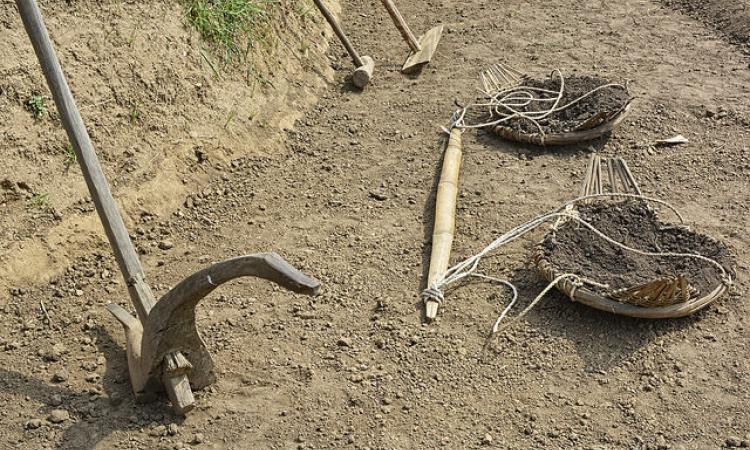
Maharashtra drought this year is worse than 2012 drought
Another 5,700 villages in Maharahstra are to be declared drought-affected which will take the total number of villages which lost more than 50 per cent crops to around 24,000 in the state. The number of drought-hit villages this year is twice the number of villages affected by the 2012 drought in the state. However, the State Chief Minister has sought Rs 3,925 crore funds for drought relief and intends to shift the focus of state’s irrigation sector from large and medium-scale dams to village-level water shed management programmes, a strategy successfully adopted by Madhya Pradesh.
Maharashtra Government to wind up 145 irrigation projects
The Maharashtra Government has decided to complete only 90 irrigation projects which are 75% ready, while it may wind up the 145 projects, mostly in Western Maharashtra, where only 25% work has been done, due to fund crunch. As estimated, the Government will require Rs 70,750 crore to complete all the 452 ongoing projects in the state. Now, as per the new policy proposed the 90 projects will have to be completed within a year at an expenditure of Rs 3,266 crore.
West Bengal plans to constitute the Sunderbans Tourism Committee
The West Bengal Government is mulling plans to constitute a separate committee for looking into the impacts of eco-tourism in the Sunderbans mangrove region. The committee, when formed, will seek to create a balance between tourism development and any effects on the fragile eco-system. Also, the UN Disaster Assessment and Coordination team has extended support to the Bangladesh Government in the cleanup efforts of the oil spill in the Sundarbans.
'Claims that the Forest Rights Act are an hindrance to the industrial development are bogus'
During the National Convention on Community Forest Rights, it was revealed that the Forest Rights Act (FRA), which recognises the rights of tribal and forest people over forests, is not an hinderance to the industrial development, as projected by the industries and Government. The forest dwellers who participated in the convention alleged that the Governments and industry hardly follow any rules when it comes to forestland diversion, moreover, the recognition of forest rights are deliberately held up in the areas where the big-ticket projects are planned.
Particulate carbon and fine dust particles behind Taj Mahal discolouration
According to a study, published in the journal Environmental Science & Technology, the particulate carbon and fine dust particles are responsible for the discolouration of the white marble of Taj Mahal. The primary sources of these pollutants are burning of biomass like wood and dung, burning of trash and crop residue. Also, the study has revealed that particles larger than two micron in size accounted for nearly 70 per cent of the deposited particle surface area.
This is a weekly news roundup of important news updates from December 16 - 22, 2014. Also read last week's policy matters roundup.